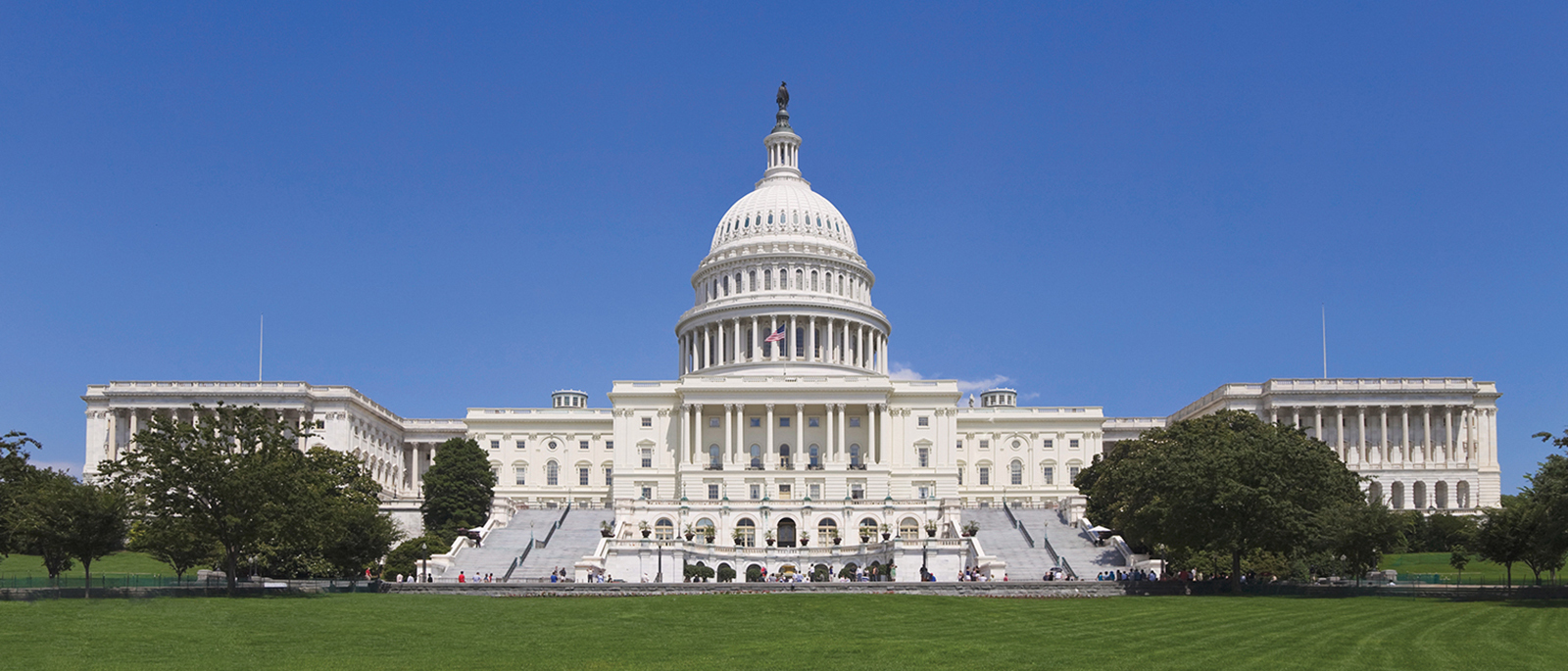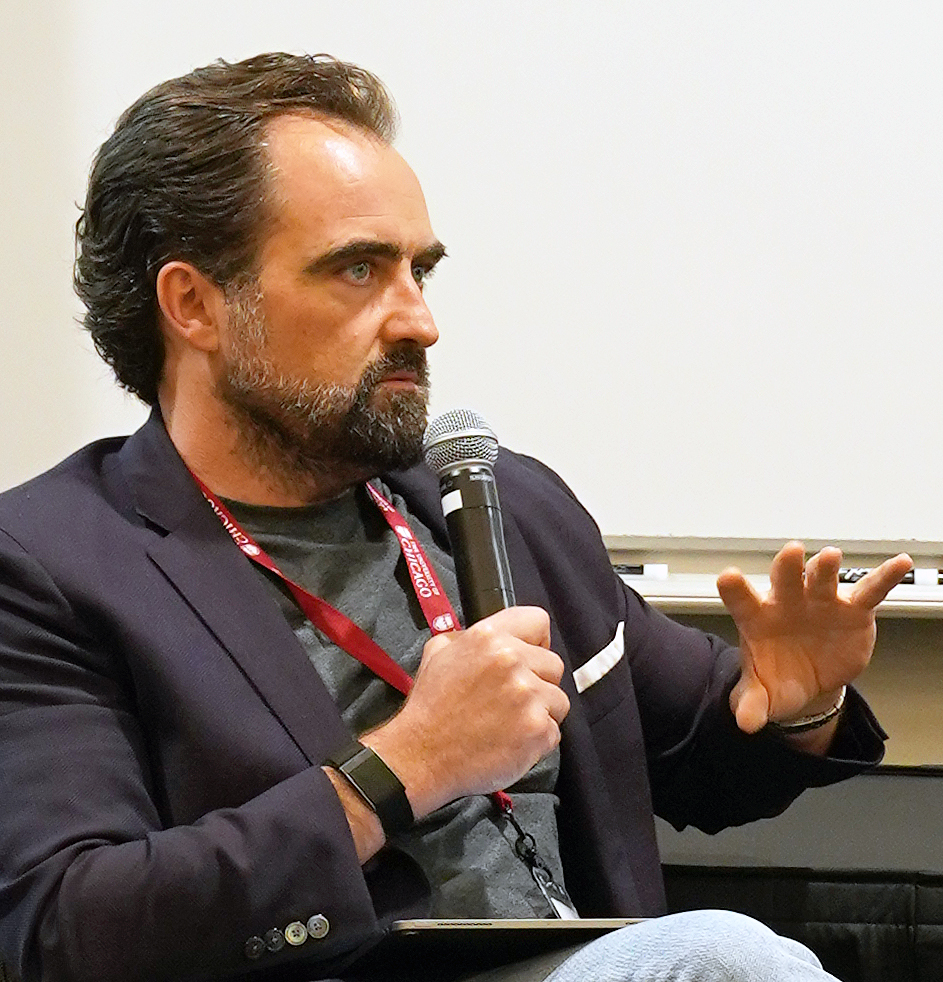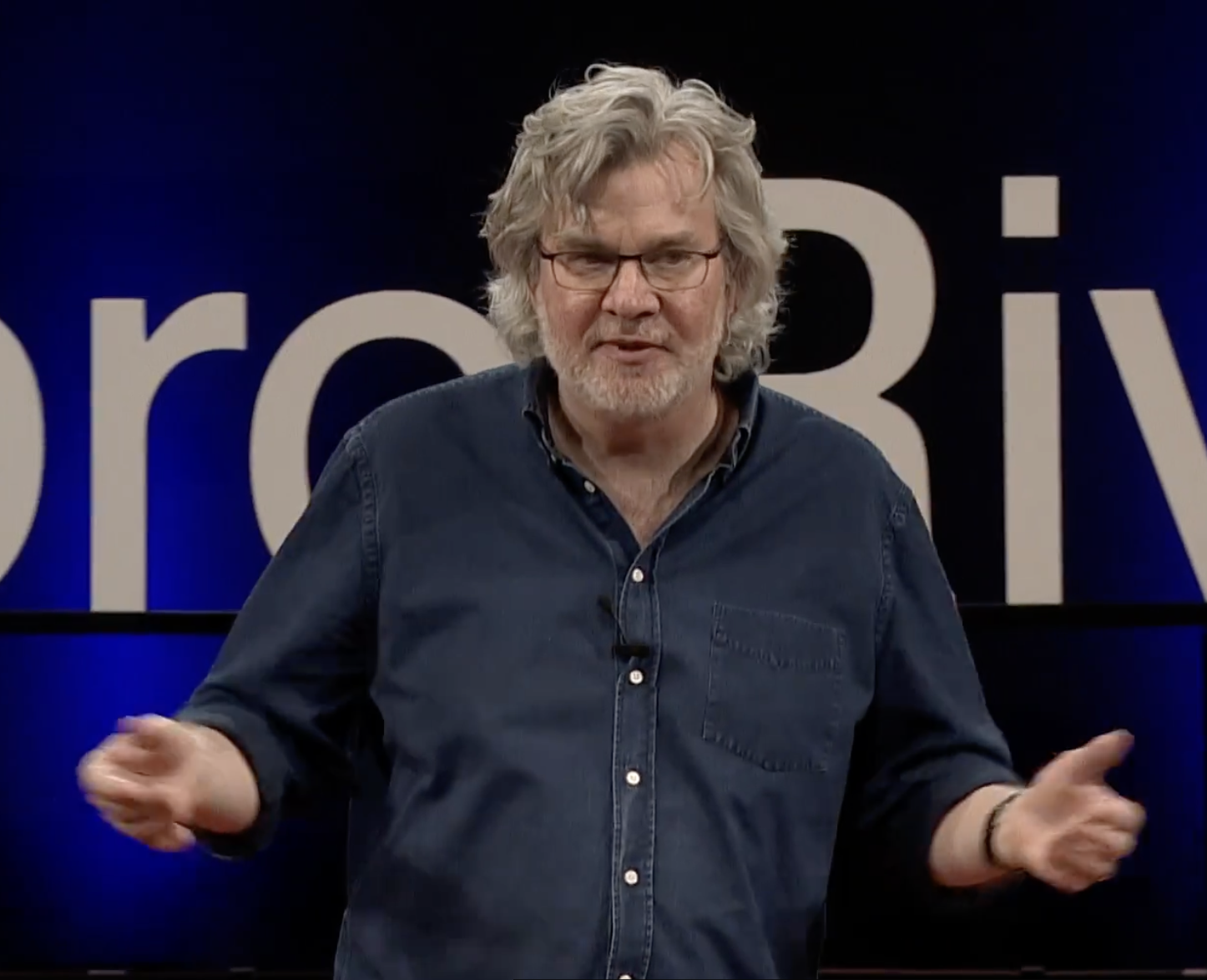
How the Capitol Protests Became a Security Breach
Security and intelligence views of the January 2021 riots on the US Capitol.
Written by Claire Zulkey. Read time – 5 minutes
- Leadership and Strategy
- Public Policy
In Brief
- In January of 2021, the US Capitol experienced its worst breach in over 100 years by domestic terrorists and rioters.
- Despite security measures surrounding the building, Capitol police were largely unprepared to protect the building and members of Congress and the Senate inside, resulting in scrutiny and backlash from politicians, the public, and members of law enforcement across the country.
- Former government and intelligence officials examine the security repercussions of the immediate aftermath and discuss future implications for the intelligence and security community.
On January 6, 2021, the United States Capitol experienced its worst breach since the War of 1812.
Despite preludes to the event like wider protests and social media chatter, security was unprepared, leading to five deaths, property damage, ongoing arrests, and questions of how this happened and how it can be prevented.
Francis X. Taylor and Daniel William, MBA’07, lecturers in the University of Chicago Professional Education Master of Science in Threat and Response Management, were among the many civilians who did not anticipate the insurrection (a term both Taylor and William, both retired from government work, agreed is accurate). However, active agents and law enforcement officials, William says, should have anticipated the insurrection if provided the intelligence now made public—so why was Capitol security unprepared for it?
"[The rioters] exposed fissures in our country that, long term, we have to heal or excise so we can exercise our democracy the way our founding fathers intended."
Francis X. Taylor, President and CEO of FXTaylor Associates, LLC
“The rhetoric had been around for a long time and that’s the problem, when people sabre-rattle,” says William, a recently retired twenty-three-year special agent with the FBI who focused on counter-terrorism, now a forensic consultant who specializes in forensic practice and who teaches Intelligence Driven Decision-Making. “The rhetoric remains real to its believers, but others who don’t as closely follow or believe it as vehemently are at times slow to react.”
What is clear is that the Capitol police were ill-equipped to handle the terrorists who breached the Capitol. “When I saw the Capitol police falling back, not securing those doors in any sort of effective way, it told me they weren’t prepared for what they faced,” says Taylor, the former Under Secretary for Intelligence and Analysis at the U.S. Department of Homeland Security, who now serves as the president and CEO of FXTaylor Associates, LLC and teaches Global Threats and Policy. Around 1:48 PM, rioters broke through Capitol scaffolding, and at approximately 2:13 entered the building through broken windows. “Those doors are at least five inches thick with bulletproof glass,” notes Taylor.
William says there were reasons and protocol for the Capitol police’s relatively small presence and the way US intelligence handled social media posts prior to the event. “This is not the first nor the last time we’ll see what I’ll call an intelligence failure. I think the Capitol police read the information they had, understood it, and made a choice. ‘Do we arm ourselves to the teeth and go toe to toe and maybe incite maybe more violence, or do we go lower profile and try to use a police presence as a deterrent to stop people from entering the Capitol?’”
Acting on intelligence, William says, requires more discretion than civilians may understand or desire. “We can’t go out and just start snooping around. If someone says, ‘My neighbor is a member of Antifa,’ that’s good to know, but you must provide something actionable for the FBI to initiate a look. The FBI is not going to scrape [the right-wing social media platform] Parler and cut a subpoena and investigate everyone who posted.”
Taylor says American counterterrorism techniques must be consistent with the Constitution and that domestic intelligence missions act systematically when dismantling violent groups so as not to infringe upon their civil rights. “We went through this in the sixties with the Ku Klux Klan and the Black Panthers and other revolutionary organizations.” What should be avoided, he says, are intelligence abuses like those in the 1970s when the government was investigated for spying on its own citizens.
Taylor says one of the concerns moving forward is identifying and addressing any collaboration between rioters and governing officials and law enforcement. Any active members of the military shown to have participated, he speculates, will be court-martialed. Of concern, he says, are individuals in the ranks who bought into former President Trump’s election fraud theories who are willing to take part in future violent events.
In the spirit of the Homeland Security “If you see something, say something” campaign initiated after the 2001 September 11 terrorist attacks, the public has provided the FBI tips identifying the rioters who breached the Capitol. Tips submitted to the FBI are screened, and, if deemed credible, submitted to the local field office for investigation, says William, to build a possible case and indictment.
“They’ll find these people,” says Taylor. “I think at last toll, there were 150,000 leads coming from outside the FBI from friends, coworkers, and family, saying ‘He shouldn’t have done this.’ Some people are going to go to jail and others will suffer other consequences for their actions whether they went into the Capitol or not, and that’s the way you restore accountability."
What’s key to preventing a similar event in the future, William says, is a proactive, analytical form of accountability. When it comes to law enforcement, he says, “We’re quick to praise, quick to dismiss.” If Capitol security leadership resigns or is fired en masse, he says, “Then all that experience walks out the door and nothing is solved. We have to ask the hard questions and say, ‘How do we improve?’”
It is essential for law enforcement, William says, to continue to shift from a reactive position to a proactive strategy, a need that has been clear since the 2001 September 11 attacks. Prior to that, he says, “The Bureau was a reactive organization: ‘The bank was robbed; we solved the crime.’ It did some things proactively, but its culture was not ‘Let’s get intelligence and disrupt before bad things happen.’”
White supremacists have killed more Americans on domestic soil in the last five years than any foreign terrorist organization, says Taylor. “This is a domestic security threat and we will see more of this if we don’t get our arms around it legally, using the Constitution and law enforcement to do it the right way.” The Capitol attack was not a one-time event but a broader attack on the American governing system, he says. “They exposed fissures in our country that, long term, we have to heal or excise so we can exercise our democracy the way our founding fathers intended.”
The UChicago Biological Sciences Division (BSD) will oversee any future programming. Please visit the BSD website for more information about their offerings.



